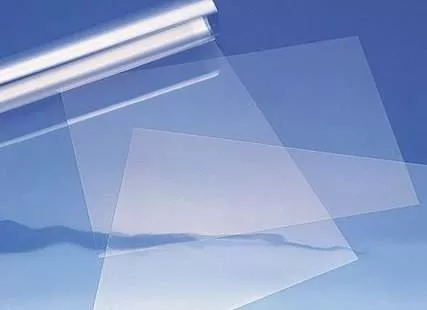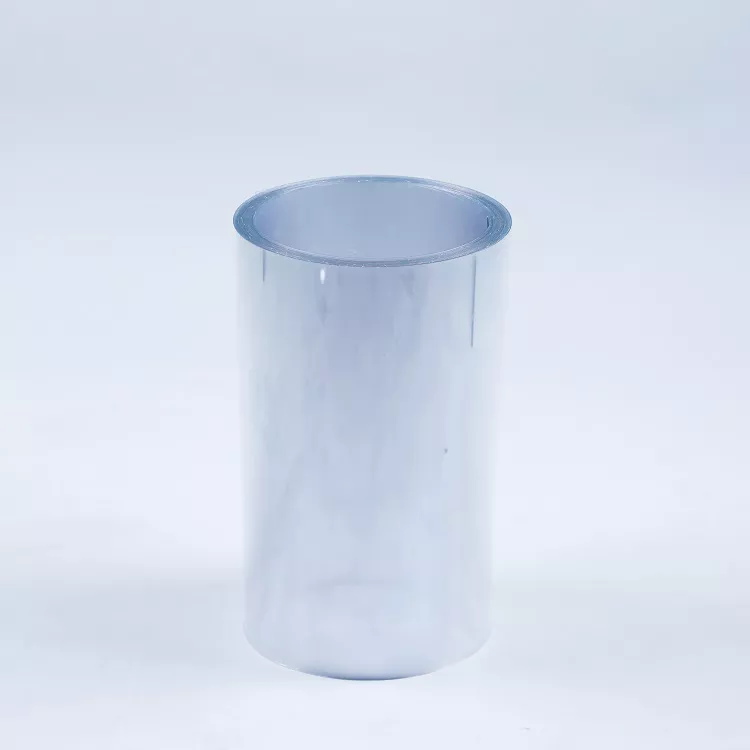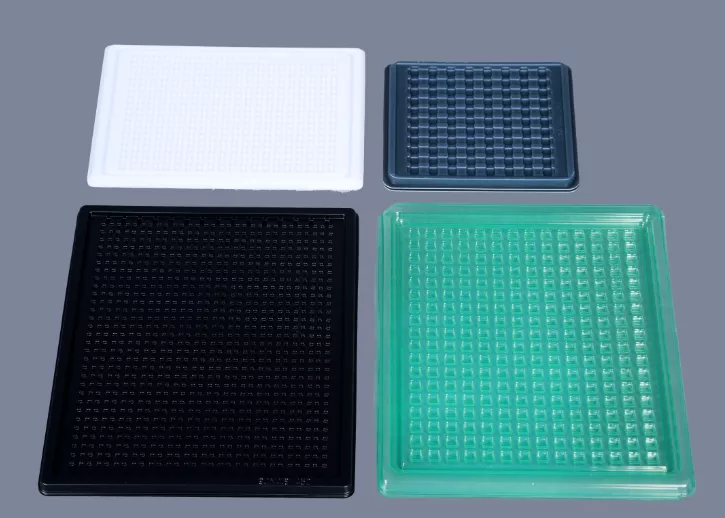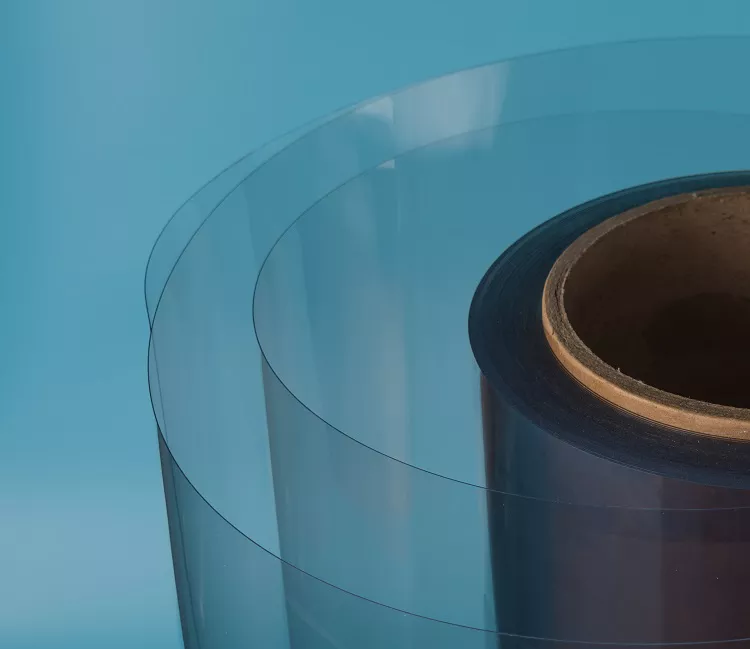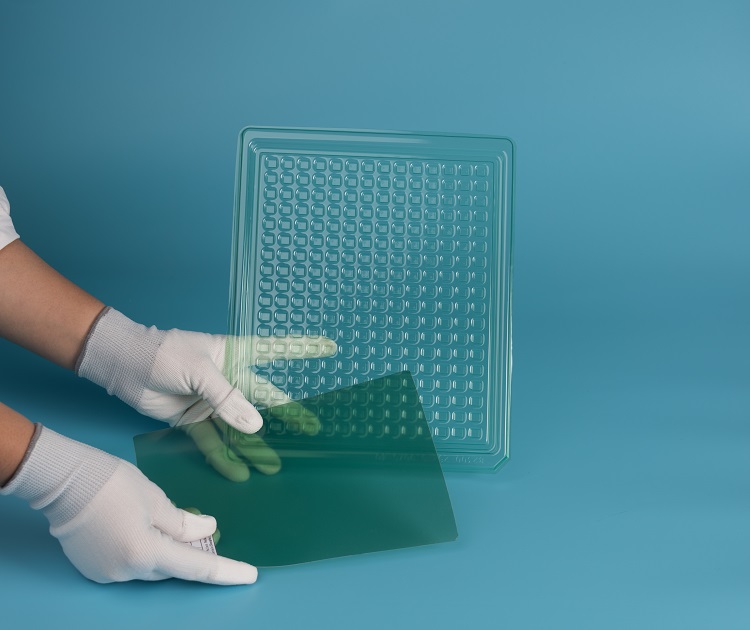Parameters of Antistatic homopolymer coextrusion process PET plastic rolls for thermoforming electronical trays
The molding process of PET can be injection molding, extrusion, blow molding, coating, bonding, machining, electroplating, vacuum metal plating, and printing. The following mainly introduces two kinds.
1. Injection molding level ① Temperature setting: Nozzle: 280~295℃, front section 270~275℃, middle forging section 265~275℃, rear section 250-270℃; screw speed 50~100rpm, mold temperature 30~85℃ , Amorphous mold is below 70℃, back pressure is 5-15KG. ②Try the desiccant dryer, the barrel temperature is 240~280℃, the injection pressure is 500~1400℃, the injection molding temperature is 260~280℃, the drying temperature is 120~140℃, and it takes 2~5 hours.
2. For the film level, the PET resin chips are pre-dried to prevent hydrolysis, and then the amorphous thick flakes are extruded through a T-die in an extruder at 280°C, and then quenched by a cooling drum or coolant to keep them Amorphous shape for stretching orientation. The thick film is then biaxially stretched by the tenter to form a PET film. Longitudinal stretching is to preheat the thick sheet to 86~87℃, and stretch it about 3 times along the plane extension direction of the thick sheet at this temperature, so that its orientation can increase the crystallinity and reach a higher temperature: transverse stretching preheating temperature 98~100℃, stretching temperature 100~120℃, stretching ratio 2.5~4.0, heat setting temperature 230~240℃. The film after stretching in the vertical and horizontal directions needs to be heat-set to eliminate the film deformation caused by stretching and make a film with better thermal stability.
